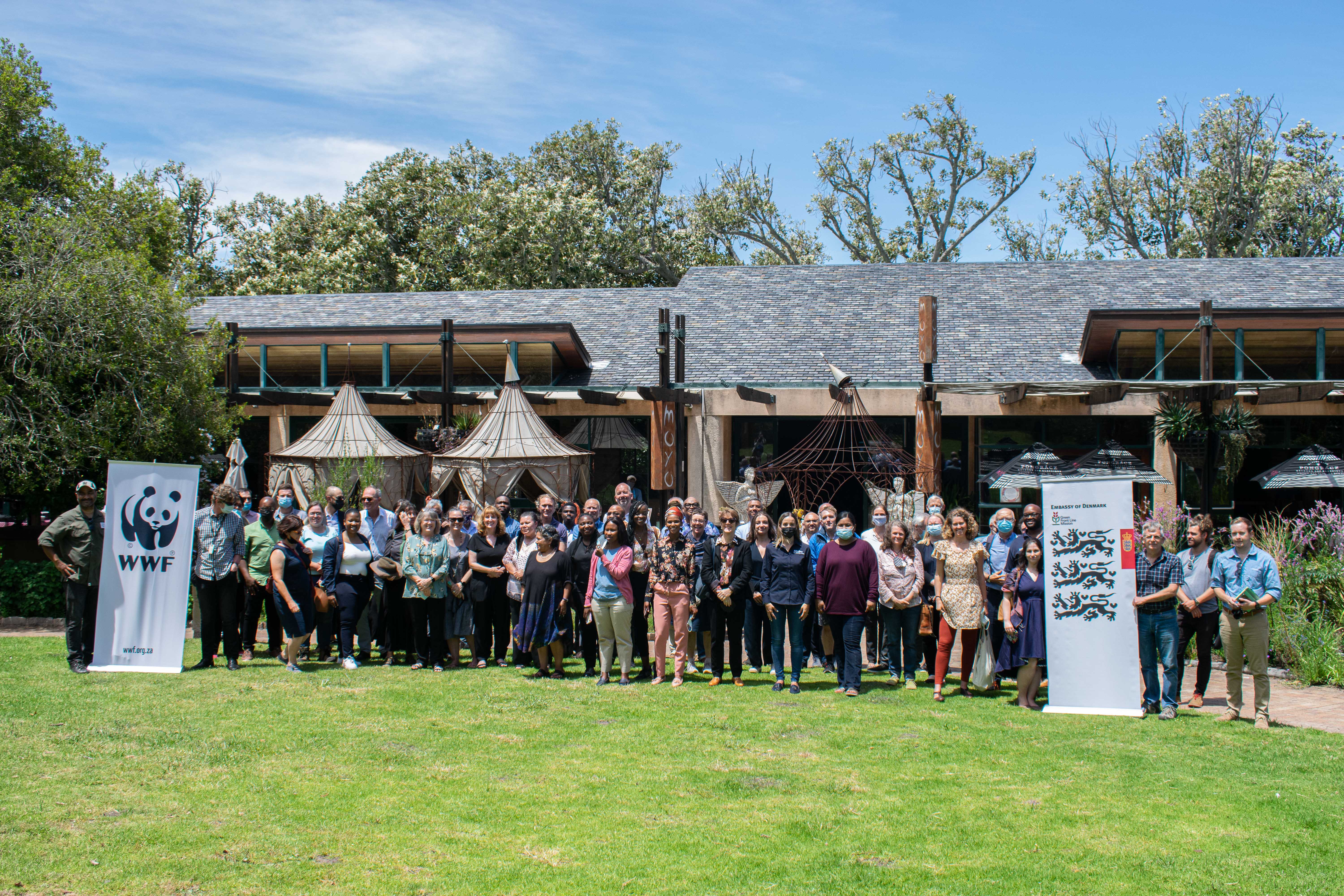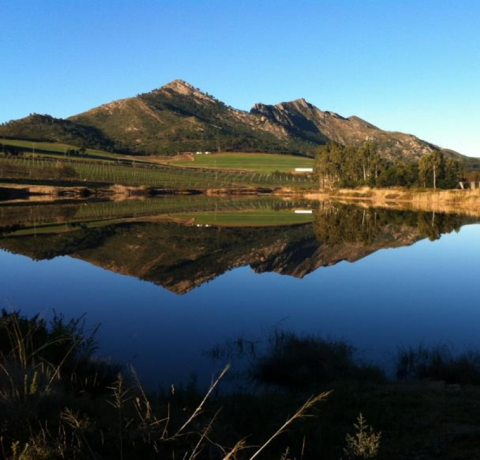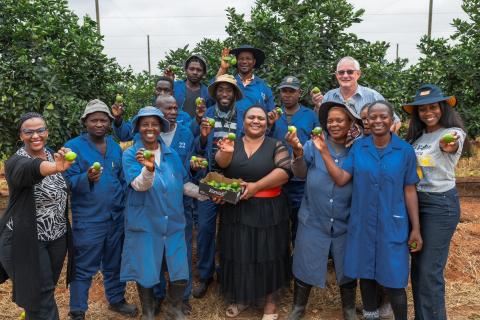
According to UN-Water, the effects of climate change are first felt through water. Droughts, floods, extreme weather events – all of these pose a threat to businesses and the communities they operate in. It’s time for businesses to ramp up their involvement in water stewardship.
The South African Breweries (SAB), which produces an incredibly water intensive product, has been in a long-term partnership with the World Wide Fund for Nature (WWF) with the aim of addressing water concerns in areas of operations and in piloting some very exciting and innovative interventions to foster water stewardship.
This week marks the 2022 World Water Week in Stockholm, Sweden, with the theme ‘Seeing the Unseen: The Value of Water,” built on a global need to not only see, but to understand, and – more importantly – truly value water.
Africa Sustainability Manager leading SAB’s Water Stewardship and Smart Agriculture pillars, Alyssa Jooste says, “Ensuring the sustainability of water resources, and managing the risks that threaten them are undeniably two of the most pressing issues confronting society. However, a long-term impact requires partnerships to make it work.”
For decades, WWF South Africa has worked to promote the protection of water source areas in policy and long-term planning, as well as coordinating stewardship and collective action in key water catchment areas. WWF does this by enabling companies, farmers, and communities to work together to reduce water risk downstream, working with government, major corporates like SAB, NGOs, research institutions, local farmers and nearby communities that rely on water source areas.
For the past 11 years, SAB has been working with WWF in a seven-step watershed management process that works to address water security in the Western Cape, firstly in George (a key area for hops cultivation) and, more latterly, Table Mountain to improve the understanding, management and governance of groundwater. The seven-step comprehensive management process includes the convening of stakeholders through an engagement framework, the analysis and identification of specific local water challenges, the agreed potential solutions with measurable impact considerations, the implementation of agreed solutions with sound governance, finance and communications mechanisms and the continuous measurement of impact and progress.
Both projects have delivered results at a local level along with key learnings and tangible impact. In the George area, as long as areas remain cleared, nine billion litres of water will be released into the Waboomskraal and Herold catchments annually for local farmers and communities. The successful groundwater pilot in Cape Town, initiated significant investment from the Danish Embassy, which scaled groundwater monitoring to provide valuable data for the City of Cape Town’s groundwater management strategy. It also led to the formation of a multi-stakeholder partnership, with public-private-community members focused on collaborative efforts that result in water availability.
“It hasn’t always been easy,” says Jooste. “In George, we were the only funding partner for several years. This placed significant risk to the longevity and sustainability of the initiative. We have seen the challenges involved in scaling the impact when the call to action from private sector members is slow. We would like to see more companies, from all industries, commit for the long run because true watershed improvements can only begin when there is collaboration and a sustained effort.”
Partnerships, especially those of an ESG nature, are inherently challenging due to their multistakeholder nature. Jooste says working with government institutions, NGOs, and big corporates, means that every party comes in with different strategies, budgets, and constraints. Focused effort is required to align those differences and collectively move towards a common goal.
WWF South Africa’s Water Stewardship Programme Manager Klaudia Schachtschneider is full of praise for companies like SAB for being willing to pilot water stewardship initiatives and help precipitate new activities and even help start up new partnerships, like the Table Mountain Water Source Partnership in Cape Town. “Without open-minded funders, most water stewardship innovation would not come off the ground. Supporting the startup of a water stewardship initiative is obviously risky, but also very rewarding when it does succeed,” she says.
She acknowledges that not every business would have the appetite to support the startup phase of initiatives. Once an activity, like groundwater level monitoring, or alien clearing is established and running smoothly with the help of funders like SAB, the risk of investment in water stewardship initiatives is much lower and it paves the way for other businesses to follow suit.
“It greatly amplifies and solidifies long-term landscape initiatives when multiple private funders contribute, pooling private funding sources to allow for the upscale of work and the long-term entrenchment of any water stewardship practice. This is a long-term journey and should be seen as a collaborative space for businesses, where pooling of funds provides amplified benefits that all can claim to be a part of, while also knowing that they contribute to landscape resilience, “says Schachtschneider.
WWF and SAB are of the same opinion that partnerships are the way to go. Existing partnerships are good spaces for businesses to investigate for support. Good partnerships are active, well-rounded in stakeholder representation, clear in vision and purpose while addressing matters in the landscape that clearly require collective action. From a water stewardship perspective, Jooste adds, “Water is a common good around which everyone can rally. Yet, without continuity of effort and a shared perspective, we are not necessarily going to build resilience in the landscape.”
Once corporates realise that water risks lie outside their own operations, Jooste believes they will be more likely to engage with other stakeholders who share these water resources. Jooste believes real impact can only be achieved when more partners enter the fold. “Multistakeholder partnerships and a shared commitment are the only ways we are going to achieve a water-secure future. There are so many exciting opportunities for collective action in South Africa, but it demands a long-term commitment from a variety of stakeholders, who seek to make impact at a broader, landscape and water source level,” she says.
Jooste is adamant that more companies need to understand the value of water and commit to long-term action.
“We aren’t just checking CSI boxes; we’re ensuring a future in which our communities can thrive and remain water secure. If we can help other corporates understand this, and ‘see the unseen’, then we have won half the battle.”



